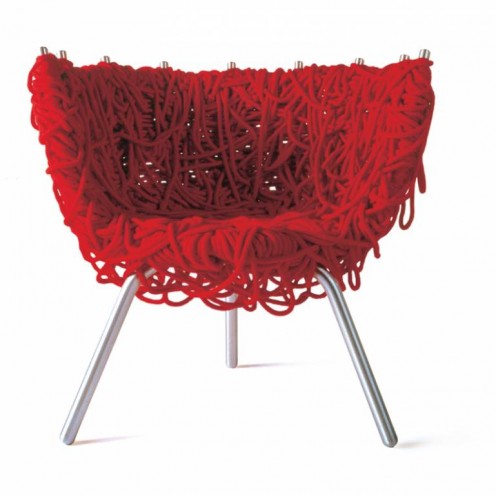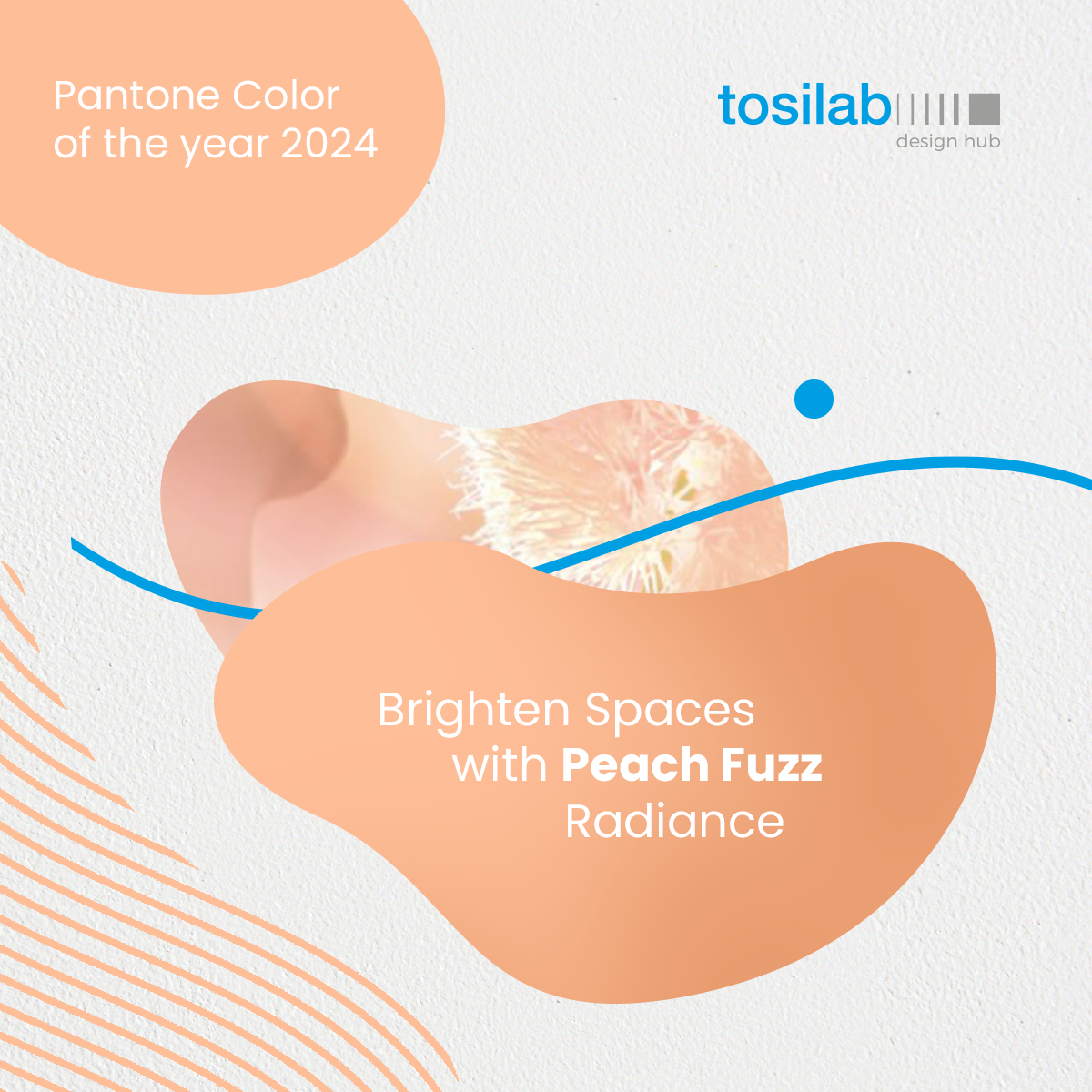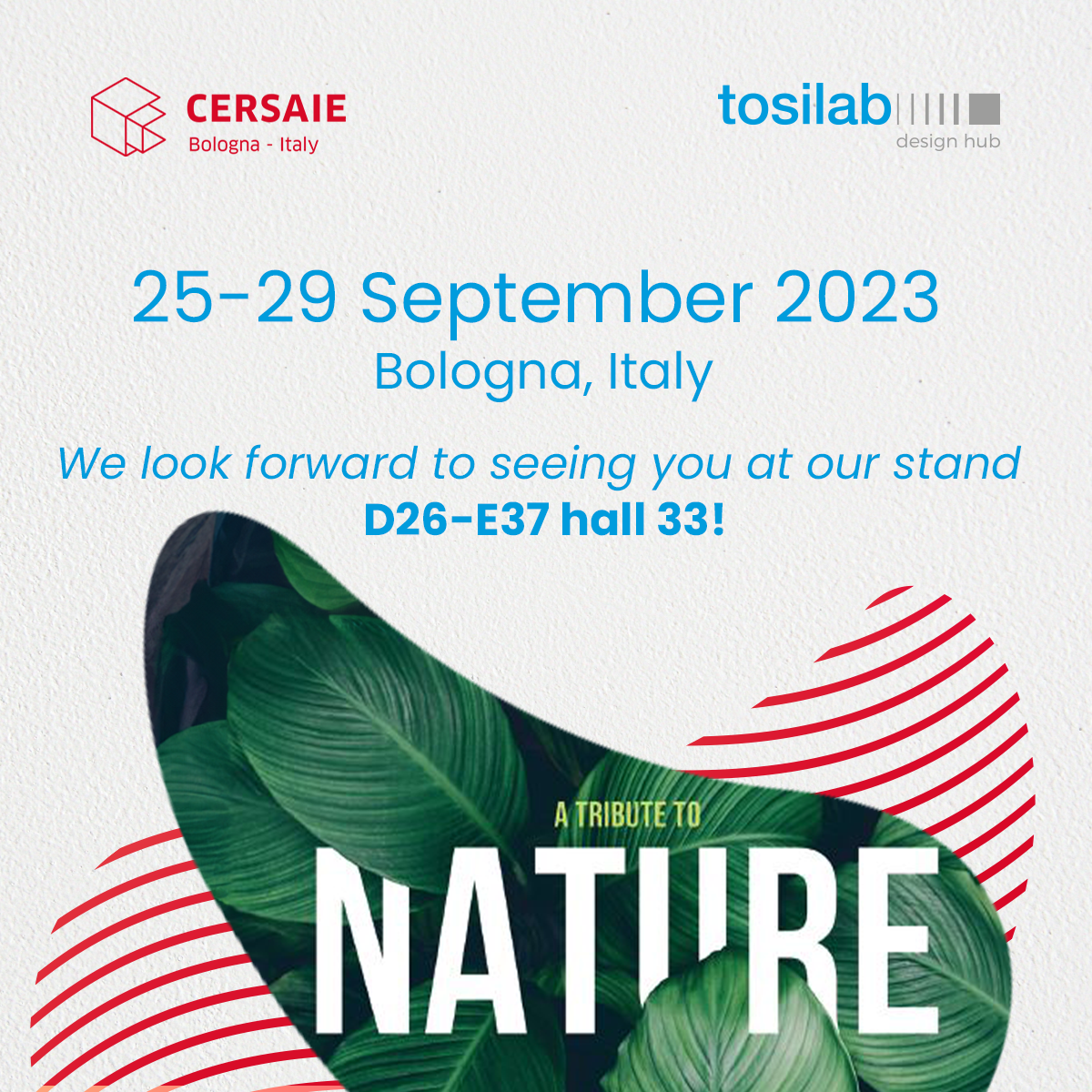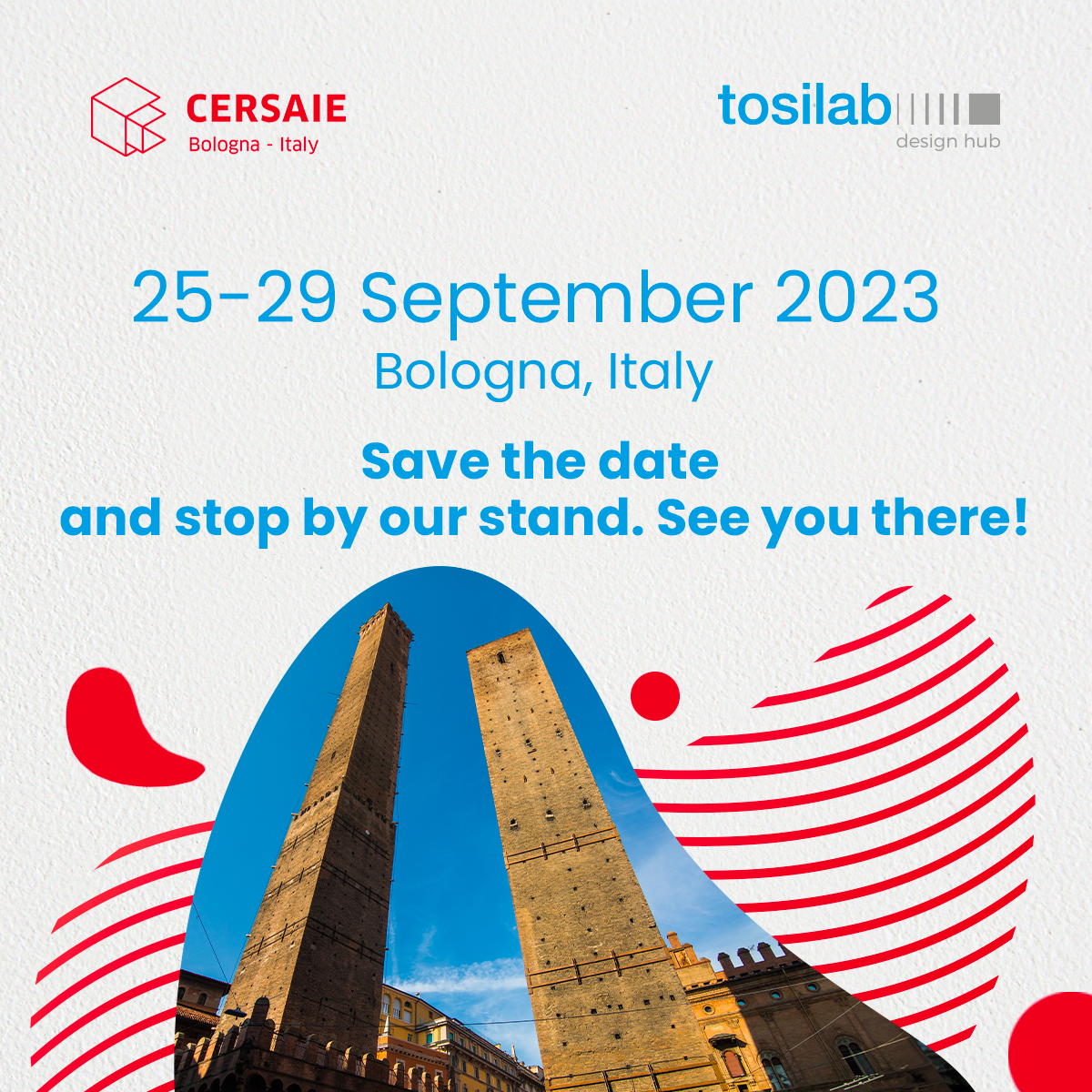Brazilian design: combining respect for the environment with creativity
In the run-up to the international event organised by Aspacer on trendwatching and ceramic lining trends (7-8 August 2017 – São Paolo, Brazil), we want to talk about Brazilian design by focusing on two designers with an inimitable style.
Brazilian design today
If you had to describe modern Brazilian design you might do it with these 4 key words: respect, research, creativity, innovation. Key roles are played by technology and eco-sustainability, factors that ensure the country’s local raw materials are processed with the utmost respect for the environment; reinterpretation of research through creativity and innovation instils that dynamic, radiant Brazilian identity.
Brazil has been growing rapidly for some time. Despite the challenges posed by certain social problems, the country’s keen to play a leading role on the international stage but without abandoning the local traditions and the indigenous identity that have always characterised it. Of course, the 2016 Olympics were a great opportunity for the country, a chance to get a “makeover” in the form of infrastructure improvements and the refurbishment of many buildings. Moreover, the media clamour surrounding the event played a crucial role in making Brazil even better-known via the creativity of its design, art and colourful soul.
The Brazilian design landscape now has a host of emerging artists; for example, local craftsmen are enjoying overseas success with works that have strong links to the territory and that unique Brazilian spirit.
It is in this scenario that we find the Campana brothers. Now international stars, they fly the flag of Brazilian design by working with some of the world’s most famous brands.
Who are the Campana brothers?
Named Humberto and Fernando Campana, they were born and grew up in a region rich in natural resources, in the city of Brotas, 250 kilometres from São Paolo. Humberto graduated in law, but after completing his studies he decided to focus exclusively on craftsmanship and opened up a small shop selling hand-made products. Fernando, instead, graduated in architecture and has always been deeply involved in “alternative” design.
The year 1983 was a crucial one in their career. That year, in fact, they worked together on a major international project that won them fame and ordained them as leading contemporary designers.
Brazil as a “fountain of inspiration”: the Campana brothers’ style
The Brazilian design put forward by these two brothers is imbued with everyday life and an unconventional re-interpretation of new objects; through their works, they describe the simplicity of everyday things. Indeed, their first collection of chairs in iron, ‘Desconfortáveis‘, expresses, through the language of art, a poetic telling of hardship, difficulty and error.
Some of the Campana brothers’ most renowned works
Utilising a collection of soft toy animals, the Banquete and Multidao series originated out of a desire to create a new form of upholstery using unconventional methods. The Campana brothers come from a traditional background in which fabric-making was commonplace. “What makes our work stand out”, explain the designers, “is the scarcity of resources, which is also our greatest asset: to us, Brazil is a huge fountain of inspiration, everything inspires us, from its people and how they organise their lives to the astounding geographical and ethnic variety. What we see as true modernity”. This series also includes the “Armchair of a thousand eyes“, which the Campana brothers designed for the FENDI brand, inspired by the Italian fashion house’s famous Bag Bugs.
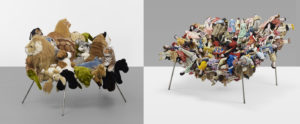
Celia’s chair and Favela’s chair
Made out of compressed wood panels and coloured paper, the Celia chair takes the name of Humberto and Fernando’s mother, who often used to complain that her children had never named any of their works after her. It was one of the first chairs the brothers designed for the mass Brazilian market.
The Favela chair, instead, draws its inspiration from the random, chaotic towns of São Paolo. The brothers designed it by using pieces of wood found in the streets. The outcome: an intricate chair, meticulously built from hundreds of components.
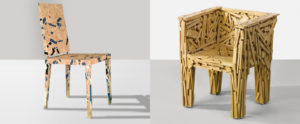
The Boa couch
A truly unique sofa inspired by the boa constrictor, made out of a knot of over 90 metres of padded velvet piping. Given its sheer size, this item of furniture was undoubtedly designed for large spaces intended to host numerous people at the same time.
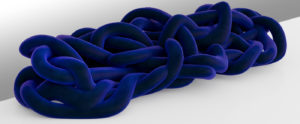
The Sushi series
Some of most versatile examples of the Campana brothers’ experimentation with waste materials are seen in the Sushi series. Consisting of chairs, sofas, stools and tables, all items are made from waste materials, such as fabric and carpet off-cuts and rubber scraps. The inspiration came from the Brazilian favelas, where rugs are made simply by overlapping fabric leftovers. “We started out with this ‘poor’ tradition and came up with the Sushi series. All sorts of fabrics – natural and artificial, felt, wool, rugs and rubber – are wrapped up and then pushed into a stretch-cloth tube”.
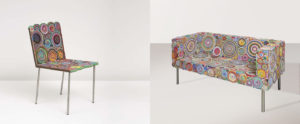
Coral armchair
The Campana brothers describe Coral as a three-dimensional object made of painted steel wire. Its interwoven, irregular form – reminiscent of a hand – evokes the barrier reefs that ripple along the Brazilian coast.
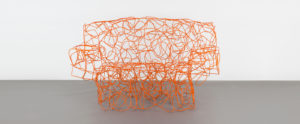
Vermelha chair
Inspired by a huge tangle of ropes the brothers once bought in a São Paolo market, the Vermelha chair consists of a steel frame covered with over 450 metres of scarlet rope, woven into a complex system of ties and knots. The first version was hand-made in Brazil.
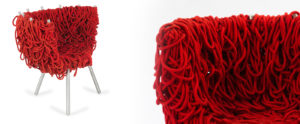
Brazilian design is a whole new world, just waiting to be discovered. Tosilab’s trend analysis takes place wherever trends pop up and develop – and Brazil is undoubtedly an awesome place to go looking.
On the occasion of the sixth “Forum Nacional de Design para Revestimentos Ceramicos” organised by Aspacer, our trendwatchers will be in São Paolo to discover and analyse all the latest Brazilian design trends.
Continue to follow us on social media. Click ‘like’ on the Tosilab Facebook page so you don’t miss any of the latest trendwatching developments. You can also follow us on LinkedIn, Instagram and Pinterest!
- 0 Comment
